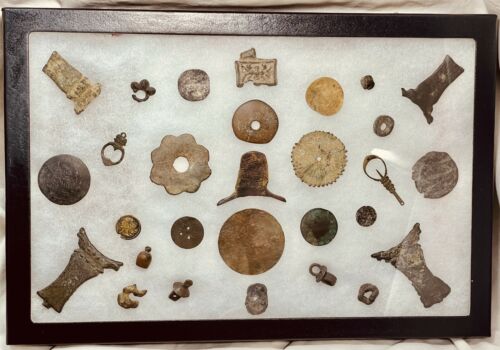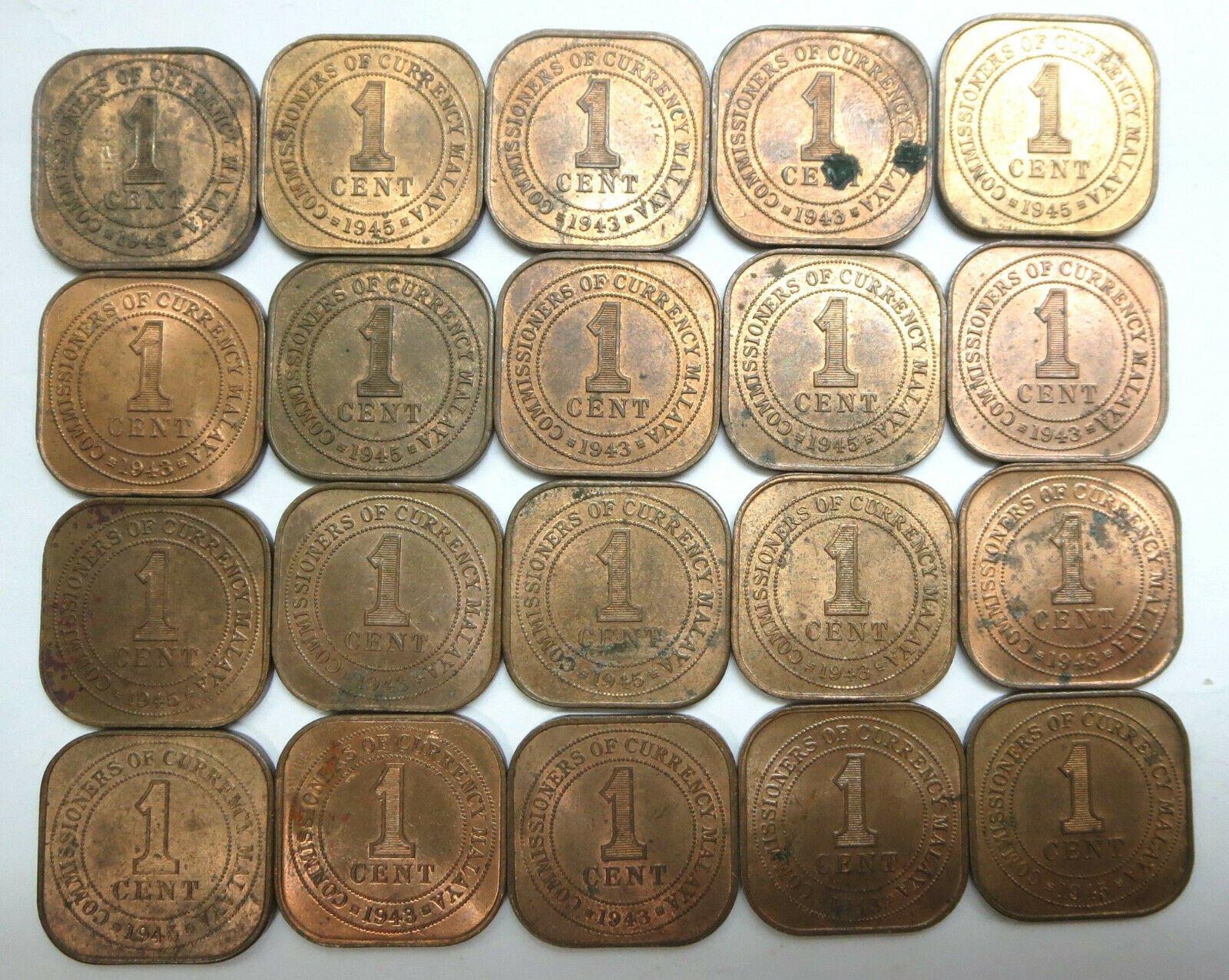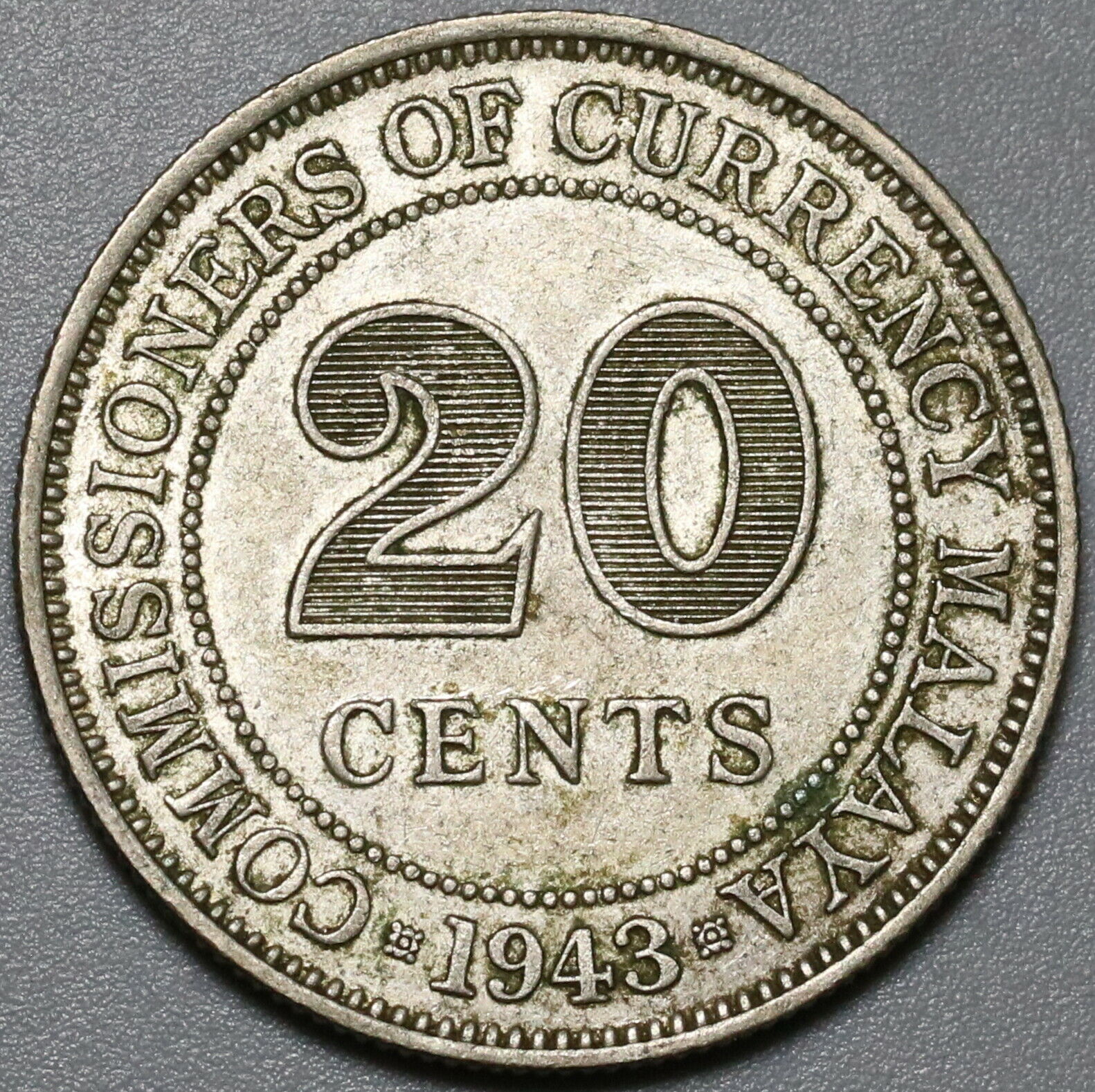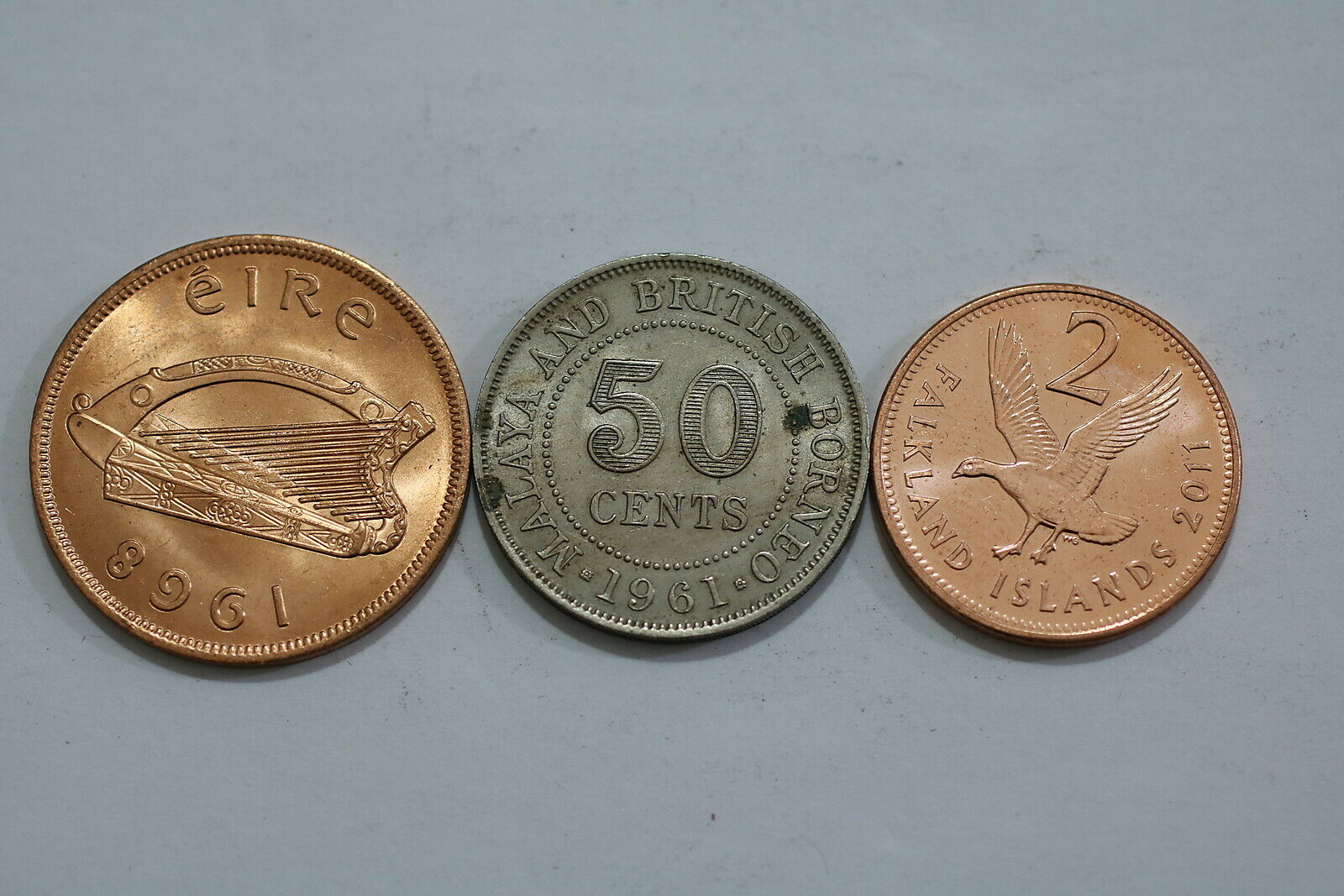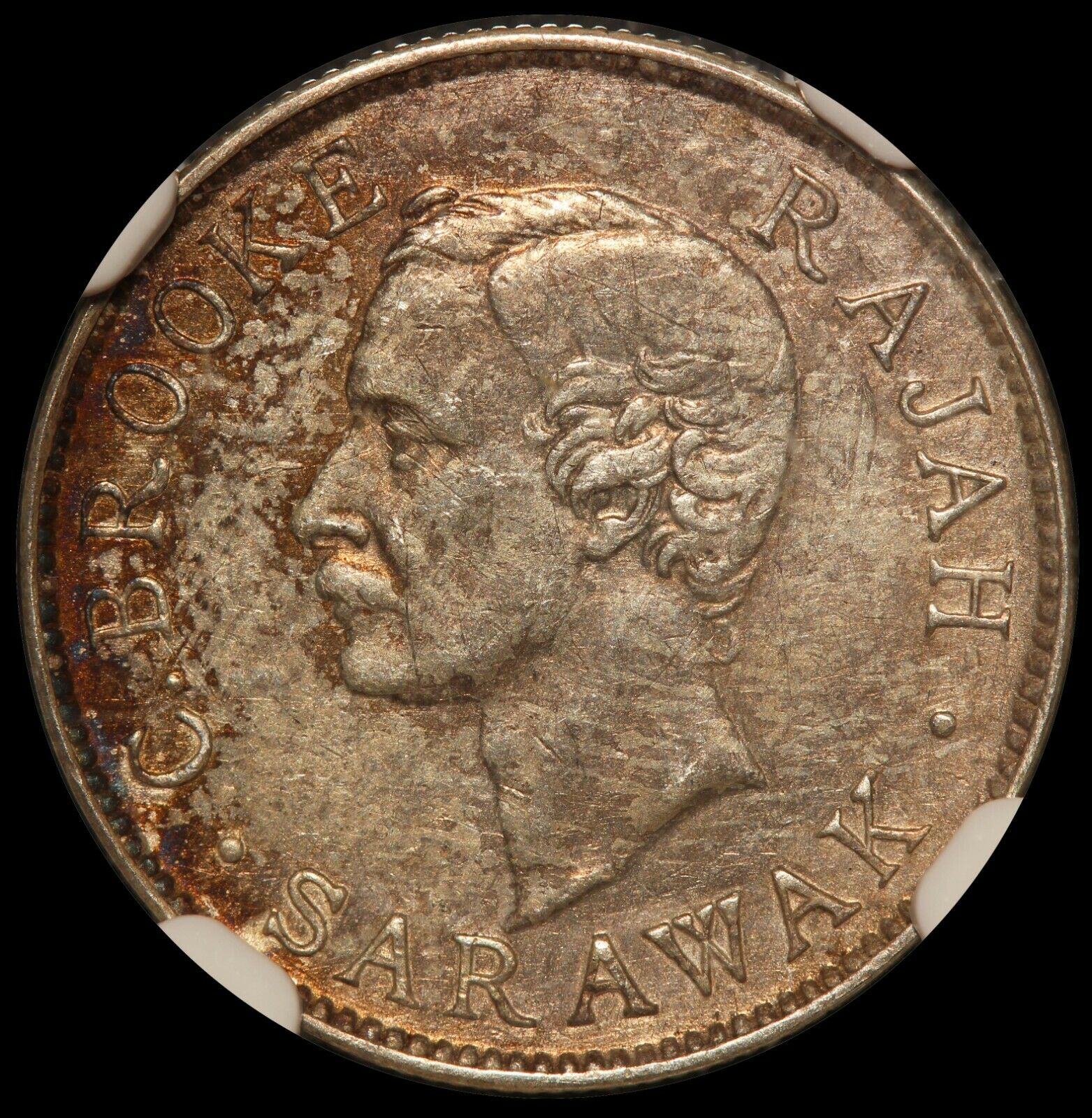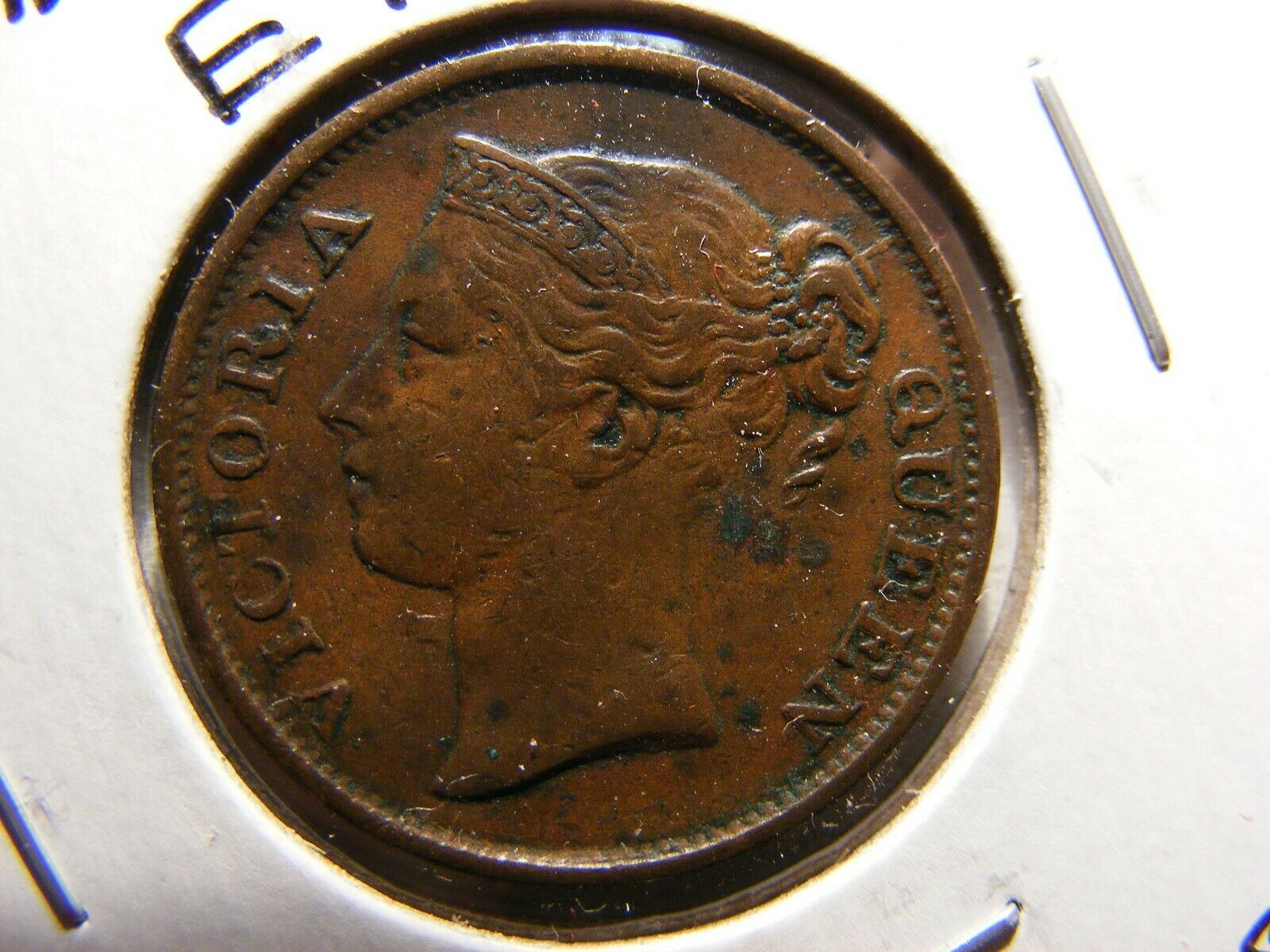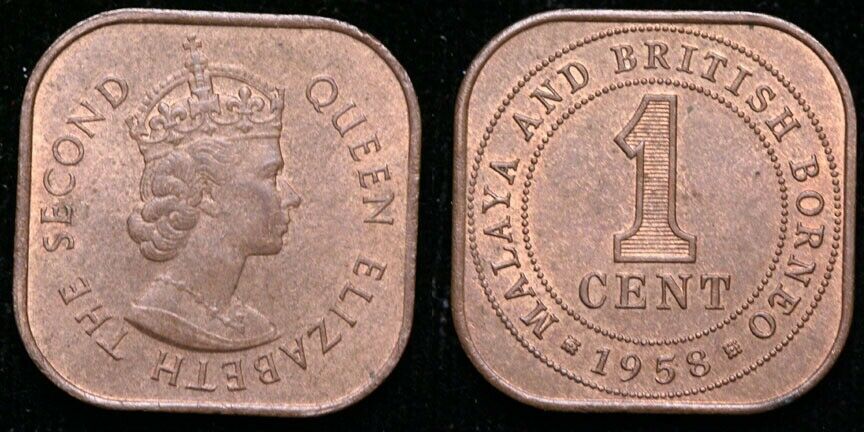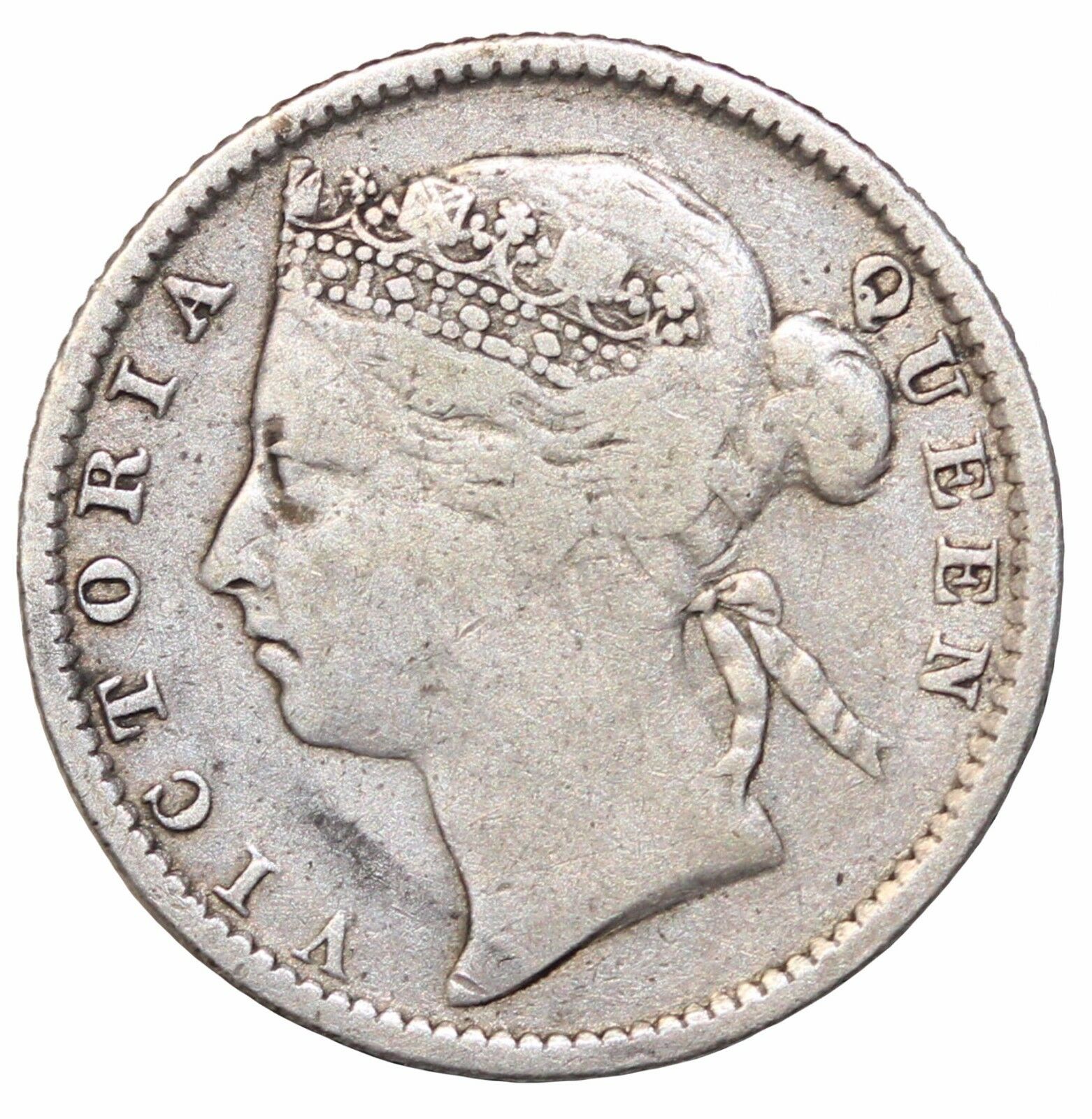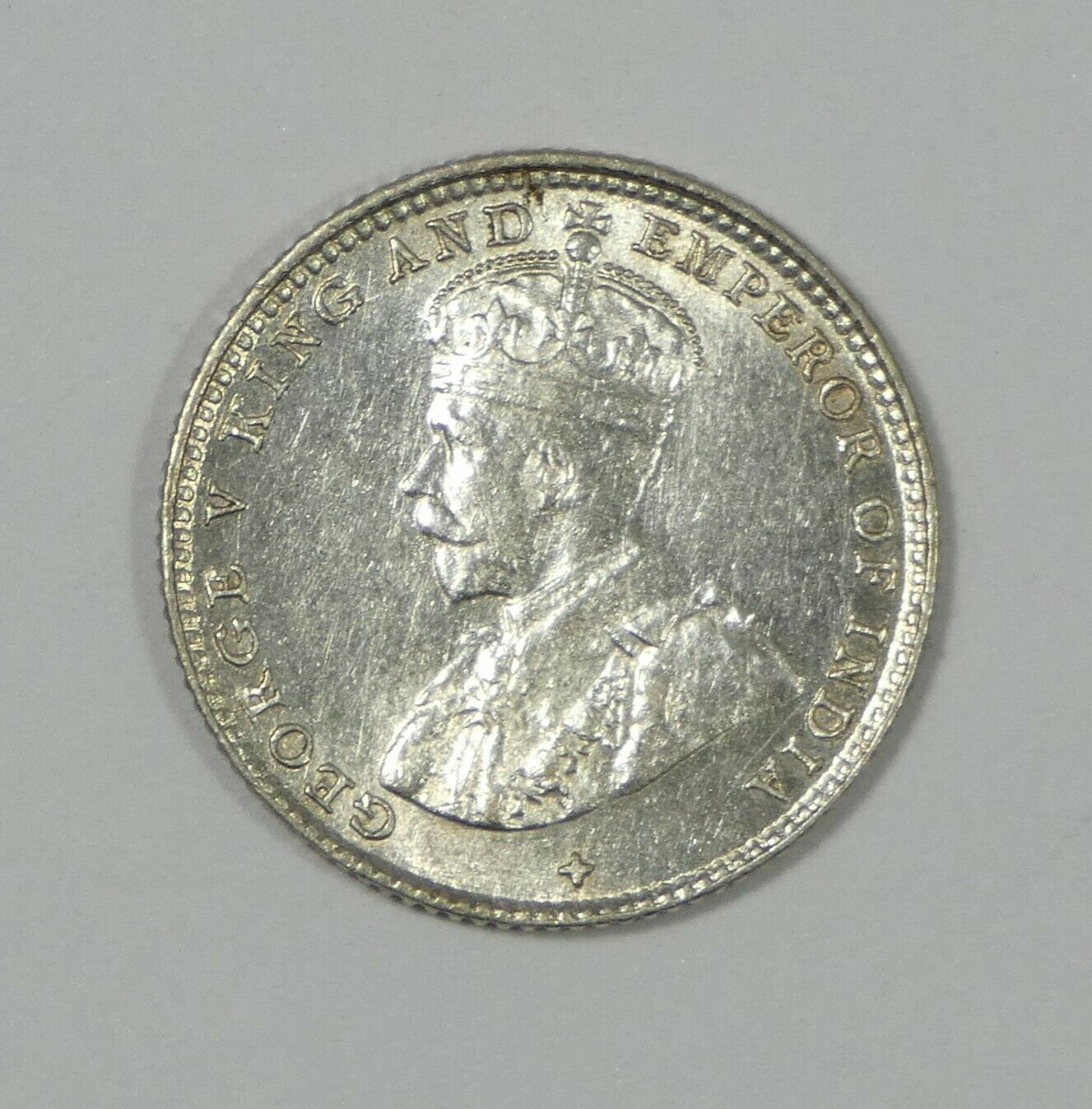-40%
Artifacts Coins Charms & Amulets Lot, Old Portuguese Silver Chinese Malay Java +
$ 105.6
- Description
- Size Guide
Description
Artifacts Coins Charms & Amulets Lot, Old Portuguese Silver Chinese Malay Java +. Shipped with USPS Priority Mail.Interesting array of items in this lot.
29 pieces total
Everything was
excavated from the banks of the Brantas River in 2017 near a core site once inhibited by the Majapahit Empire (1293 to 1527).
The Majapahit Empire was a Javanese Hindu-Buddhist thalassocratic empire in Southeast Asia, based on the island of Java (part of modern-day Indonesia). Majapahit reached its peak of glory during the era of Hayam Wuruk, whose reign from 1350 to 1389 was marked by conquest which extended through Southeast Asia. Majapahit was one of the last major Hindu empires of the region and is considered to be one of the greatest and most powerful empires in the history of Indonesia and Southeast Asia, one that is sometimes seen as the precedent for Indonesia's modern boundaries. It's influence extended beyond the modern territory of Indonesia and has been the subject of many studies.
"Non-coin monies such as animal forms, hats, ingots, and bidor, rings, canoes, etc. These include monies of the maritime empires when flat coinage was less standardized, isolated cultures of later times, possible barter or by-weight forms, and monies with properties of charms, or strictly charms, and controversial items. In Malaysia, Phuket, Pahang, Perak and Selangor were the centers for non-coin tin monies which circulated throughout the peninsula and Indonesia, while Java and other islands in the archipelago produced unusual currencies from early times. Many of the items I offer are recent finds from riverside excavations and metal detectors; river water seems to have preserved types which had become scarce as land finds. Nearly all of the pre-Colonial coinage of the region, both conventional and ethnographic forms, was in varying alloys of tin, abundant in the region, and lead, plus copper, ganza, though generally referred to as "tin." References useful for these series include: Singh, Saran The Coins of Malaysia, Singapore, and Brunei 2nd ed. 1996; various works by Mitchiner, Michael, especially an article The Circulation of Tin in Palembang (Sumatra): It's Monetary and Non-Monetary Functions: Tin and Lead Ingots, Animals and Talismans, J.ONS 2013, pp.25-32; Quiggin, A.H. A Survey of Primitive Money, 1949; Opitz, Charles An Ethnographic Study of Traditional Monies, 2000"
